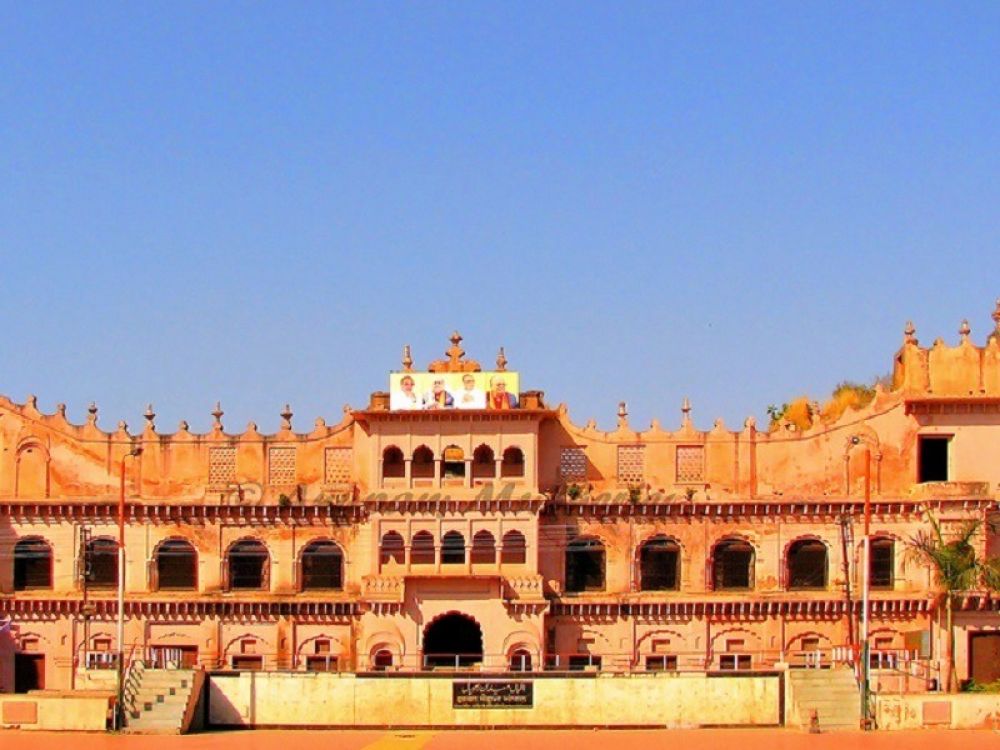

Gohar Mahal, located on the banks of the Upper Lake in Bhopal, is an architectural marvel that intertwines both Hindu and Mughal styles reflecting the rich cultural diversity of India. Named after the flamboyant and first woman ruler of Bhopal, Begum Qudsia, also known as Gohar Begum, who ascended the throne in 1819, Gohar Mahal stands as a testament to the sovereignty and vision of its creator.
Gohar Mahal was constructed in 1820, marking the beginning of a new era in the princely state of Bhopal. Designed as a palace for the queen, it blended the Rajput and Mughal styles of architecture, hinting at the secular outlook and the aesthetics of the queen who oversaw its commission. Over time, the palace not only served as a royal residence but also was at the forefront of the cultural and political events of Bhopal.
Tourism in Bhopal, with Gohar Mahal as one of its central attractions, has evolved substantially over the years. Initially, the primary visitors to this historic site were scholars, historians, and a few intrepid travelers interested in the cultural heritage of India. It was not until the latter part of the 20th century that Bhopal started seeing a rise in tourism, as the government and local entities began recognizing the potential of the city's rich history and natural beauty.
Over the years, efforts have been made to preserve Gohar Mahal and its surroundings. Now a protected monument, it underwent restoration work to retain its original grandeur. These efforts have facilitated an increase in tourist footfall and more comprehensive heritage tourism initiatives in the region.
Today, Gohar Mahal is not just a relic of the past but a living piece of history that serves as a venue for various cultural and art events, including exhibitions, craft fairs, and music festivals. These events aim at promoting Bhopal's heritage and crafts, attracting both domestic and international tourists.
Moreover, Bhopal's tourism industry has seen a shift towards experiential travel with visitors seeking to immerse themselves in the local culture. Tours that combine visits to historical sites like Gohar Mahal with local experiences such as Bhopal's cuisine and craft workshops have become increasingly popular.
When visiting Gohar Mahal, tourists can admire the intricate workmanship and learn about the history behind its walls. Local guides often recount tales of the Begum’s reign and Bhopal's evolution into the modern city it is today. Accessibility to the site has improved, with better signages and tourist-friendly amenities, ensuring a memorable experience for visitors.
The ongoing trend suggests a bright future for tourism in Bhopal with Gohar Mahal playing a crucial role in showcasing the city's glorious past and its synthesis of diverse cultural influences. Its continued preservation and integration into the cultural fabric of the city are essential for maintaining Bhopal’s identity as a heritage destination.
Those interested in visiting Gohar Mahal should check for any restoration works or events that might affect visiting hours and plan their trip accordingly to fully enjoy this historical jewel of Bhopal.